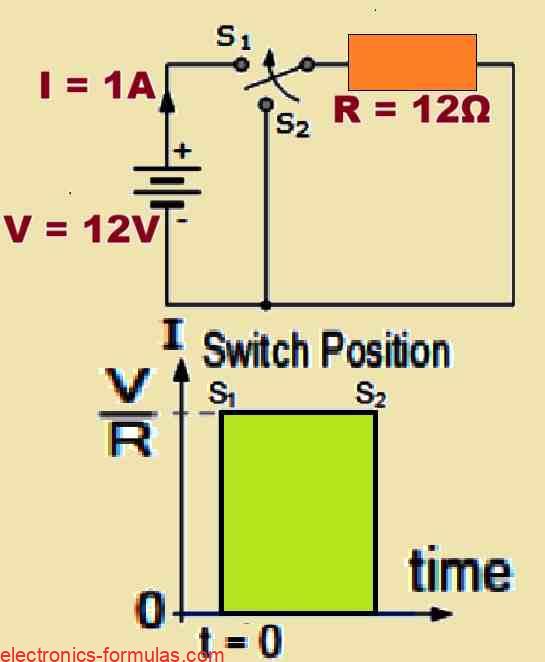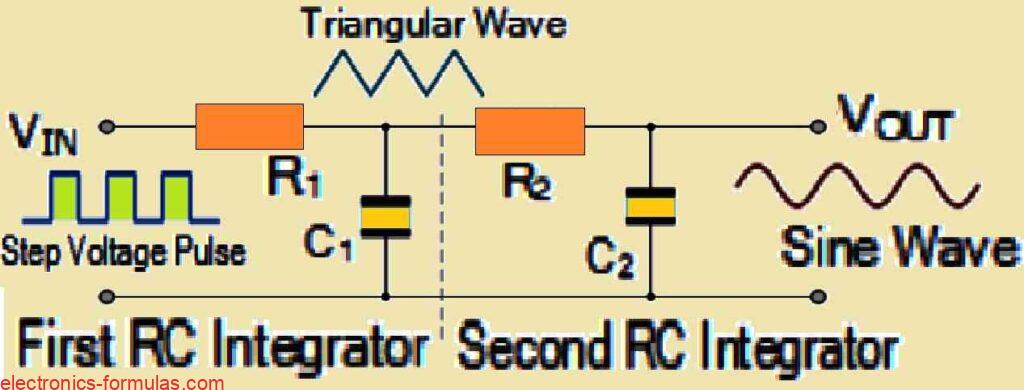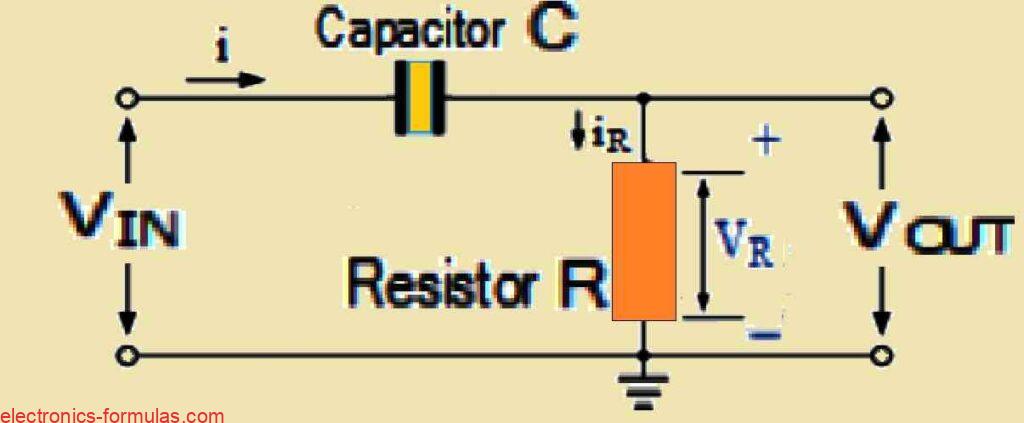Talking about Multiple Winding Transformers these are a type of transformer that usually has one primary winding and then two or more secondary windings. The cool thing about these transformers is that they can have multiple windings either on the primary side or the secondary side. Because of this feature we often call them Multiple […]
Understanding Loading of Transformer with Calculations
In the earlier lessons we had about transformers, we kind of assumed that these devices were flawless. This means we thought their windings did not experience any core losses or copper losses at all. But when we actually use a transformer “on-load” we have to face the reality that there are always going to be […]
Electrical Transformer Working: Explained with Formulas
In this tutorial about transformers I will explain the basics in simple terms. As we know transformers can work without any moving parts inside and it is mainly used to change voltage levels so that we can transfer energy from one circuit to another through electromagnetic induction. We use alternating current (AC) in our homes […]
Time Constant Tau (τ): Explained with Calculations
In this post I will explain you the concept of Tau, or τ, which is the Greek letter we often see in electrical and electronic calculations. It represents what we call the “time constant” of a circuit which is basically a measure of how the circuit behaves over time. Now, when we talk about a […]
Passive RC Integrator Circuit: Explained with Calculations
In a passive RC integrator circuit, we see that the input is actually connected to a resistor, while the output voltage is measured across the capacitor. This setup is basically the complete opposite of what goes on in an RC differentiator circuit. In RC integrator, when we make input signal high, the capacitor then starts […]
Analyzing Passive RC Differentiator Circuit with Calculations
The passive RC differentiator is just a simple RC circuit where the resistor and capacitor are hooked up in series. What this does is give you an output signal that works like the mathematical process of differentiation. Basically, here the output shows how fast the input signal is changing at any given instant. In a […]





